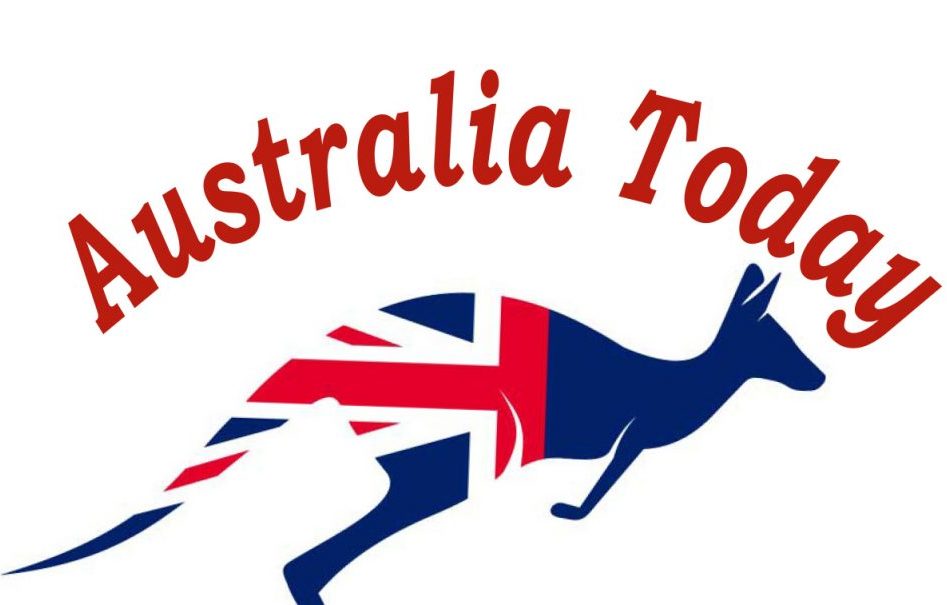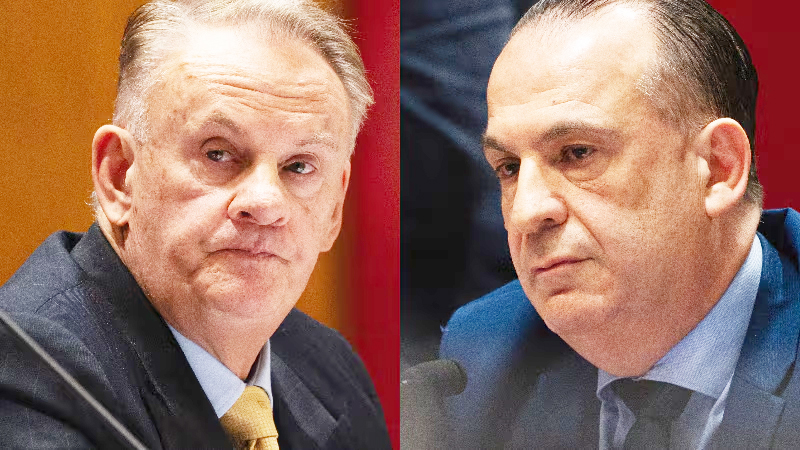
Economists agree that Australia’s economy has turned a corner.
Inflation has declined, real wages are beginning to grow, economic activity has picked up, and interest rates have been cut. Remarkably, this has all happened without a recession or a significant rise in unemployment.
“That has never been accomplished before in Australia,” notes independent economist Saul Eslake.
However, Shadow Treasurer Angus Taylor has a different perspective. He warns that “grim trends” in the economy remain unresolved.
Last week, Mr. Taylor highlighted concerns about labour productivity, calling it “disastrous,” and argued that the purchasing power of wages had severely deteriorated since Labor took office in 2022.
“This is not an economy which will lead to prosperity,” Mr. Taylor claimed.
The Inflation Surge of 2021-2022
To understand the current situation, it’s helpful to examine the trajectory of inflation before and after the May 2022 federal election.
Between May 2021 and May 2022, headline inflation jumped from 3.3% to 6.1%, and it continued to rise. When the Coalition lost the election, Labor inherited an economy struggling with rapidly rising prices.
This inflation surge significantly eroded the purchasing power of wages. By the time the 2022 election took place, real wages—adjusted for inflation—had already fallen to levels last seen in 2014.
Labor acknowledged this issue. Two days before the election, then-Shadow Treasurer Jim Chalmers remarked:
“Whoever wins the election on Saturday will inherit high and rising inflation, with interest rates rising as well, the worst real wages cut in more than 20 years, and a trillion dollars in debt with almost nothing to show for it.”
The Shock of Rapid Price Increases
Examining price trends over time helps clarify the economic shock Australians have experienced.
A comparison of inflation rates reveals that, under normal conditions, prices would have increased by approximately 20% over 11 years (from 2014 to 2024). However, due to the economic disruptions of COVID-19, prices surged by 20% in just five years, effectively compressing a decade’s worth of inflation into half the time.
This rapid rise explains why recent cost-of-living increases have felt so severe. While a 20% increase over a decade might seem reasonable, experiencing the same jump in just five years has been a major financial shock for many Australians.
The Productivity Challenge
In addition to inflation, productivity remains a significant concern. Mr. Taylor recently pointed out that labour productivity—measured as output per hour worked—continues to decline in Australia.
“That means there’s less money to pay for those goods and services that Australians are used to being able to buy. It’s why they’re having to work harder to make ends meet,” he said.
Michael Plumb, the head of the RBA’s economic analysis department, addressed this issue in a speech titled Why Productivity Matters.
He explained that productivity growth has slowed globally since the 1990s, affecting countries like Australia, New Zealand, Canada, the UK, and much of Europe—though the United States has seen relatively strong growth in recent years.
However, Australia’s productivity growth has consistently underperformed against RBA projections for many years, and experts are still grappling with the reasons behind this trend.
Fixing the Economy: A Long-Term Effort
The economic data presents a complex picture. On one hand, Australia has avoided a recession, inflation is slowing, and real wages are rising again. The RBA has even begun cutting interest rates.
On the other hand, the impact of past inflation is still being felt. Despite recent wage growth, real wages have yet to recover to 2014 levels. The RBA warns that it could take years to fully restore purchasing power.
Additionally, the persistent decline in productivity—predating the COVID-19 era—requires significant policy attention.
If Angus Taylor were Treasurer today and had managed to bring down inflation without triggering a recession or increasing unemployment, would he be satisfied with the progress?
It’s likely he would be. Any government in that position would argue for more time to complete the job.
The Coalition itself used this strategy after winning the 2013 election, frequently reminding voters of the economic challenges it had “inherited” from the previous Labor government. That narrative shaped political discourse for years.
As Australia moves forward, the question remains: How long will it take to fully restore economic stability, and what policies will best support that recovery?











